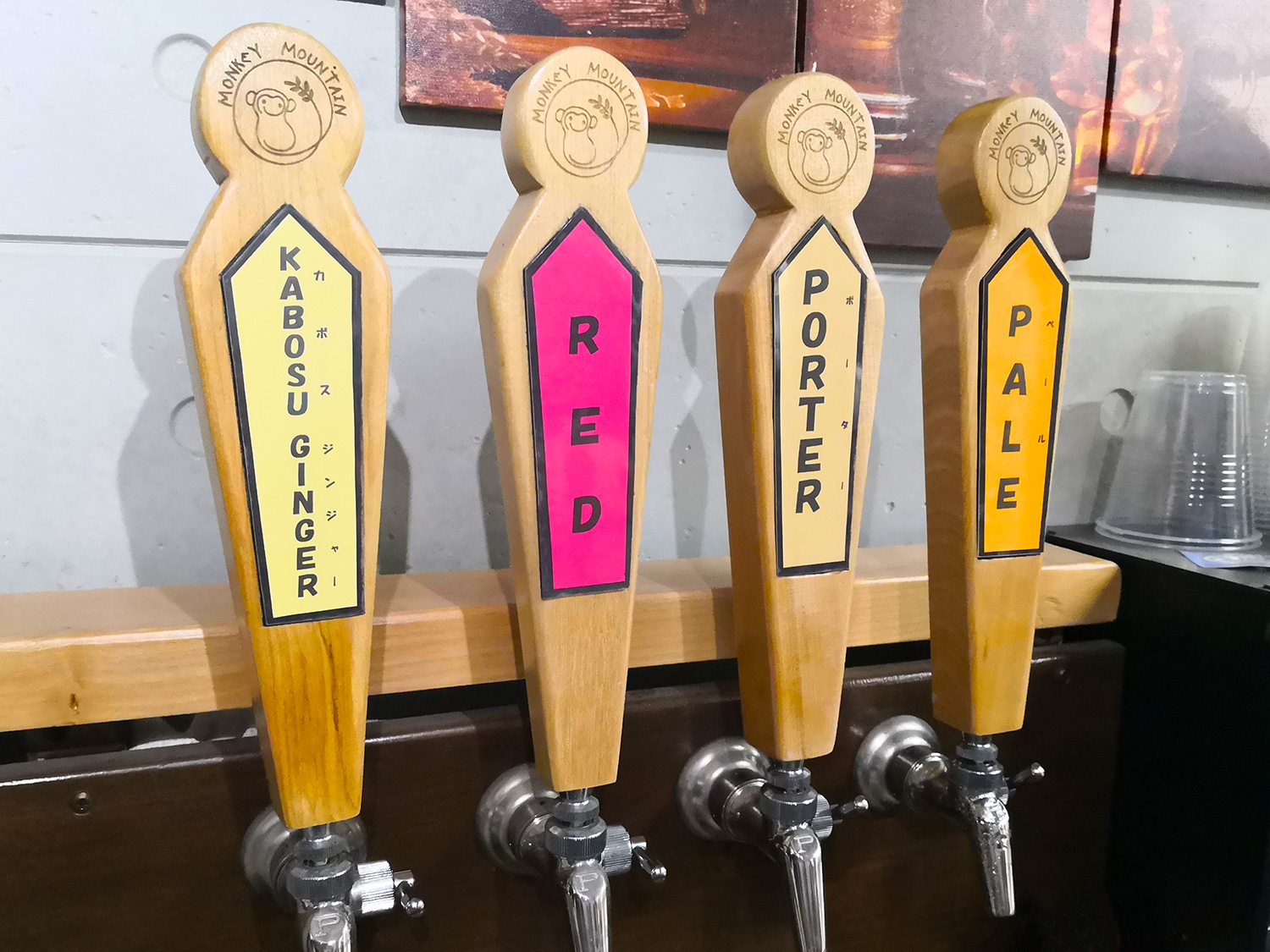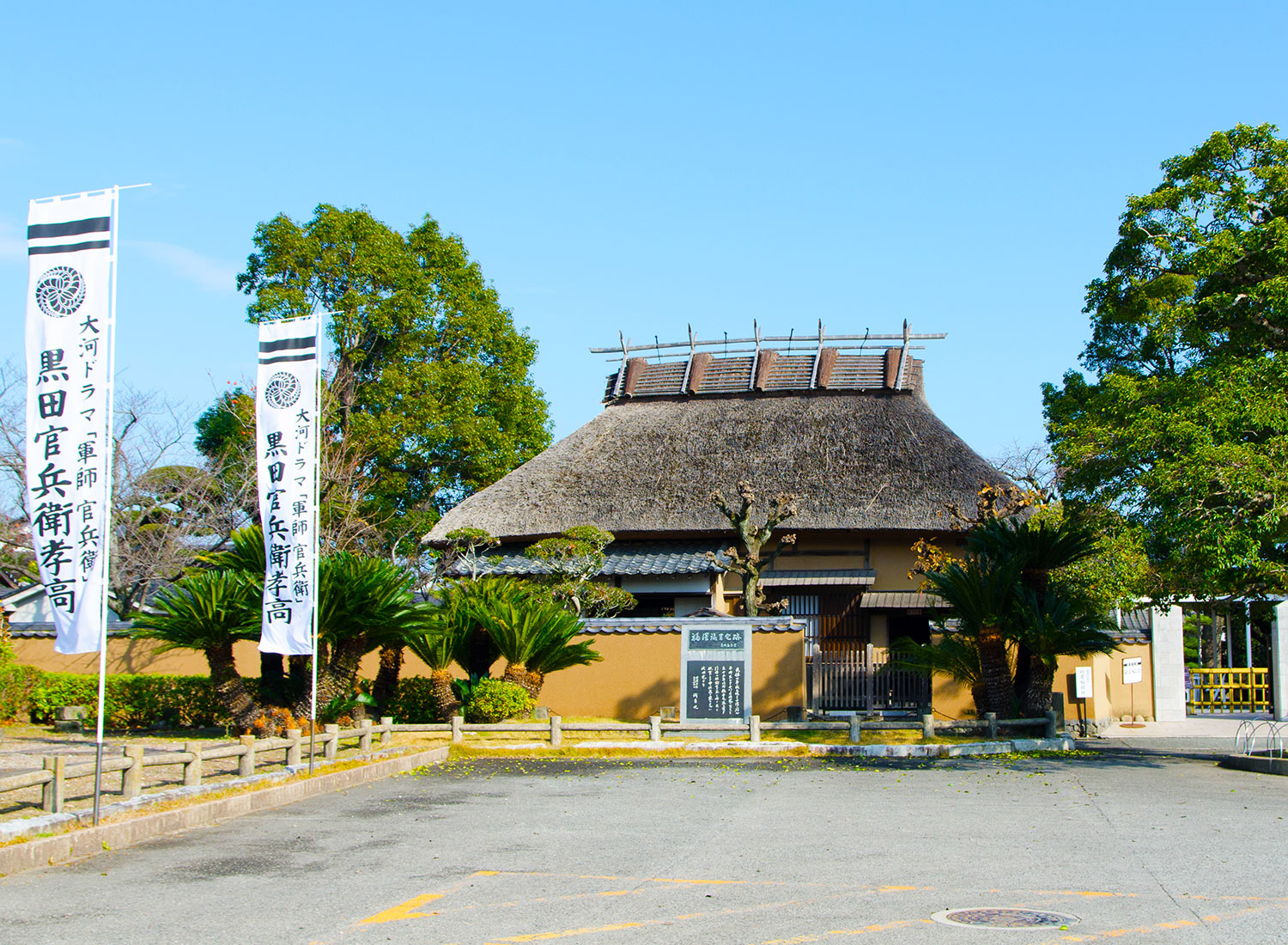
Monkey Mountain Craft Brewery
The Monkey Mountain Craft Beer brewery is one of those pocket-sized delights that Japan as a whole…

Fukuzawa (1835-1901) is a very familiar to all Japanese, not least because his portrait has adorned the 10,000 yen banknote since 1984. Born into a low-ranking samurai family in Nakatsu, he rose to become one of the salient figures working to create the modern Japanese state during the Meiji Period (1868-1912). An advocate for reform and strong believer in education, he found Keio University, and helped establish Hitotsubashi University, and The Institute of Medical Science and Research Hospital Institute of Medical Science, both at the University of Tokyo. He also established the Jiji Shinpo newspaper, which was in recent years absorbed into the Sankei, one of Japan’s leading economic newspapers.
An erudite youngster, he began Rangaku, literally Dutch Studies and a euphemism for western education, in Nagasaki, where Dutch East India traders were allowed to station themselves, largely in isolation on Dejima island from the rest of Japan, since 1641. In 1858 he was ordered to go to Edo, the seat of the shogun ruler of Japan, and teach Dutch to the retainers of the Nakatsu domain stationed there. The shogunate was beginning to decline with the arrival of westerners. Fukuzawa soon realised that it was not the Dutch language that he should learn but English. Obtaining a Dutch-English dictionary he began to teach himself English and his language skills were put to good use by the shogunate when he volunteered to join the first Japanese diplomatic delegation to visit the USA in 1860. Upon return to Japan he became a translator for the shogunate and published a English-Japanese dictionary, which he edited from a English-Chinese version he had obtained on his travels.
Fukuzawa joined another delegation in 1862 to Europe and Russia on a journey via Britain’s then colonies in Hong Kong and Singapore. In London, he visited the 1862 International Exhibition where he saw the advances in industry, technology and the arts made by the west. Undoubtedly overawed and keenly aware his country should learn about the west, he published these and other experiences in a ten volumes series called Seiyo jijo, or ‘Western state of affairs’ between 1867 and 1870. These cemented Fukuzawa’s reputation as Japan’s foremost expert on the west and confirmed Fukuzawa’s determination to educate his fellow Japanese in the modern ways, promulgate ideas about modern government and social institutions in an effort to resist overseas dominion.
In 1868 when the shogunate finally came to an end, he renamed the school he had established to teach Dutch studies Keio-gijuku and changed its purpose to English language-based western studies. This name remains in the official name of Keio Gijuku University, which was formally established in 1890 and remains one of Japan’s leading educational establishments to this day. In a speech Fukuzawa said:
Keio Gijuku should not be satisfied with being just one educational institution. Its mission is expected to be a model of the nobility of intelligence and virtue, to make clear how it can be applied to its family, society, and nation, and to take an actual action of this statement. It expects all students being leaders in society by the practice of this mission.
The house in Nakatsu where Fukuzawa was born and raised is a simple, traditional thatched roofed structure that belies the status to which its one-time occupant rose to in Japan.
At a glance
The humble home of one of Japan's leading modernisers of Japan after the Meiji Restoration.